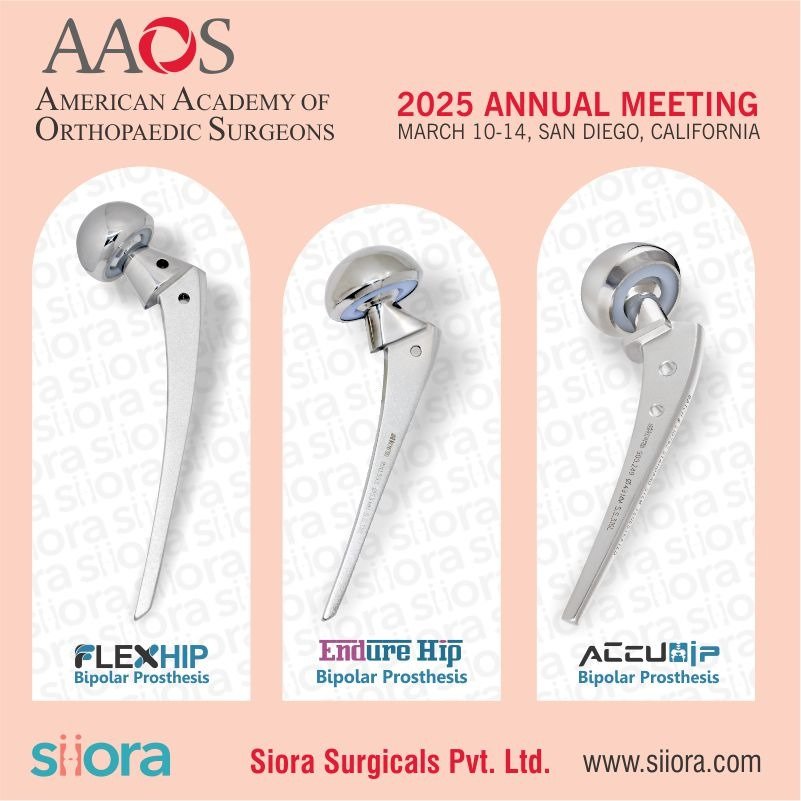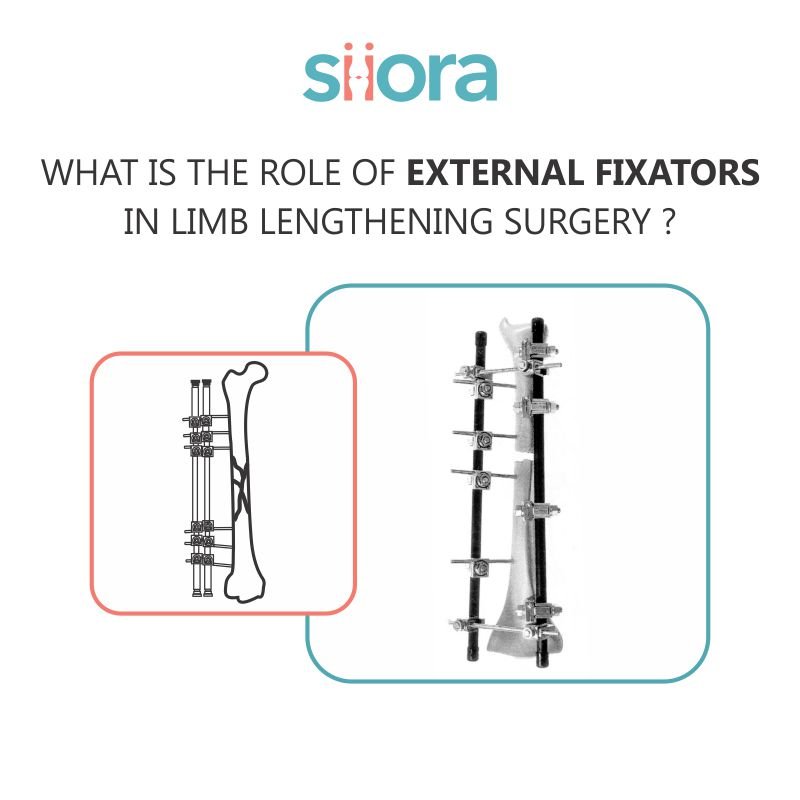Imagine a broken bone held in place by a series of metal rings, pins, and rods, all working together to promote healing and correcting deformities. This is the essence of the ring external fixator system, a remarkable tool used in orthopedics to manage a variety of bone and joint conditions. This system is slightly different from other orthopedic implants. Besides this, it requires special training to apply this system correctly. Well, in this post, we will see in detail what a ring external fixator system is and its uses.
What is a Ring External Fixator System?
The ring external fixator system, also known as the Ilizarov apparatus, is a modular device used in orthopedics. Think of a series of metal rings connected by rods and wires, forming a scaffold around the injured bone. This is the basic structure of a ring external fixator system. The rings are attached to the healthy bone above and below the fracture using pins and wires. The rods and wires then hold the bone fragments in place, providing the stability needed for healing.
Rings: These circular structures are attached to the bone using thin wires or pins.
Threaded rods: These rods connect the rings, allowing for precise adjustments in length, angulation, and rotation.
Connectors: These components provide flexibility and allow for the attachment of additional rings or rods as needed.
The ring fixator is applied externally, meaning it sits on the surface of the skin, unlike internal fixation devices like locking plates and screws.
What is the Use of Ring External Fixator System?
The ring external fixator system has a wide range of applications in orthopedics, including:
Fracture Management
It provides stable fixation for complex fractures, particularly those involving open wounds, comminuted (fragmented) bones, or severe bone loss.
Bone Lengthening
By gradually distracting the bone ends, the fixator can be used to lengthen limbs for conditions like limb length discrepancies or short stature.
Deformity Correction
The system can be used to correct various bone and joint deformities, such as angular deformities (e.g., bowing of the legs) and rotational deformities (e.g., twisted bones).
Joint Fusion
In some cases, the fixator can be used to stabilize and promote the fusion of joints, such as in the ankle or wrist.
Bone Tumor Management
The Ring fixator can also provide stability and support after tumor resection surgery.
What Are the Advantages of the Ring External Fixator System?
The ring external fixator system offers several advantages over other fixation methods:
Minimally Invasive
Minimally invasive surgery involves minimal surgical dissection, reducing tissue damage and potential complications.
Versatility
The modular design allows for customization to fit the specific needs of each patient and condition.
Dynamic Control
The fixator can be adjusted throughout the healing process to ensure proper alignment and address any developing deformities.
Early Mobilization
In many cases, patients can begin weight-bearing activities earlier with a fixator compared to internal fixation, promoting faster recovery and improved joint function.
Direct Visualization of the Bone
The external nature of the fixator allows for direct visualization of the bone and bone healing process, facilitating adjustments and interventions if needed.
What Are the Limitations of Ring External Fixator System?
It is also important to note that the ring external fixator system also has some limitations:
Pin Site Care
The pins used to attach the rings require regular cleaning and care to prevent infection.
Bulkiness and Discomfort
The fixator can be bulky and uncomfortable, especially for larger or more complex constructs.
Psychological Impact
The external nature of the fixator can be visually and psychologically challenging for some patients.
What It Is Like Living with a Ring External Fixator System in Place?
Living with a ring external fixator can be challenging, but managing daily activities is possible with some adjustments. Here are some tips:
Moving Around
Plan ahead: Before leaving the house, consider how you’ll navigate around whenever required. Use elevators and ramps when possible, and take breaks to rest.
Conserve energy: Fatigue is common when a ring fixator is in place, so prioritize tasks and seek someone’s help when needed.
Use assistive devices: A cane or crutches can provide additional stability and support.
Bathing and Sleeping
Showering: Use a shower chair or sit on the ground if possible to keep the fixator dry. Avoid submerging it, and pat it dry carefully afterward.
Sleeping: Place pillows around the affected limb for comfort and to prevent it from rubbing against other body parts.
Other Tips
Clothing: Loose-fitting clothes with zippers or snaps are easier to manage. Consider using specially designed garments for external fixators.
Lifting: Avoid lifting heavy objects, as this can disrupt the healing process and damage the fixator.
Communication: Talk openly with your doctor and therapist about any concerns or challenges you face.
Remember, adapting to life with an external fixator takes time and patience. By following these tips and working with your healthcare team, you can maintain a sense of normalcy during your recovery.
Conclusion
The ring external fixator system is a valuable tool in the hands of experienced orthopedic surgeons. Its versatility, dynamic control, and minimally invasive nature make it a viable option for managing a wide range of bone and joint conditions. While considerations like pin site care and potential discomfort exist, the advantages often outweigh the limitations, making the ring external fixator system a crucial component of modern orthopedic care.
Get Ring Fixator from Siora Surgicals
Siora Surgicals Pvt. Ltd. is an experienced manufacturer and supplier of a CE-certified range of orthopedic implants and instruments. It has a huge product inventory that also includes ring external fixator systems. All the implants are made using medical-grade stainless steel and titanium, plus, are tested to meet international standards. The company has an in-house manufacturing facility which is equipped with the advanced and latest machines.
Having established its presence in 50+ countries, Siora is also looking for distributors of orthopedic implants in Lithuania. Above all, the company also holds expertise in providing world-class OEM/contract manufacturing services worldwide.








